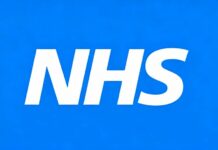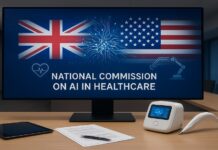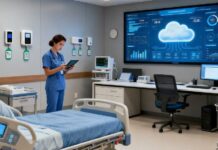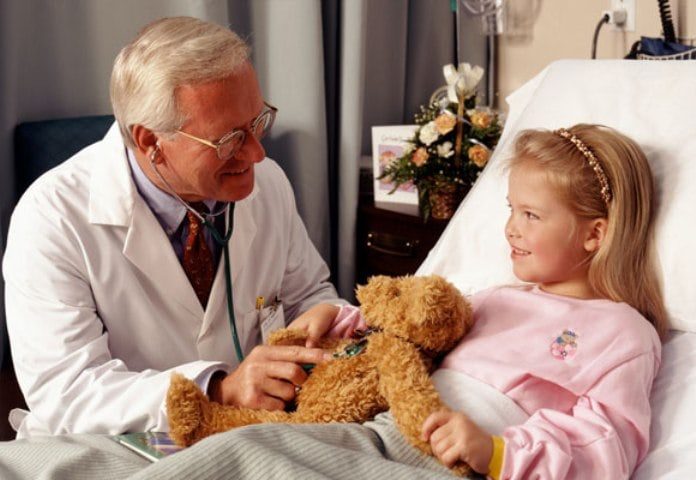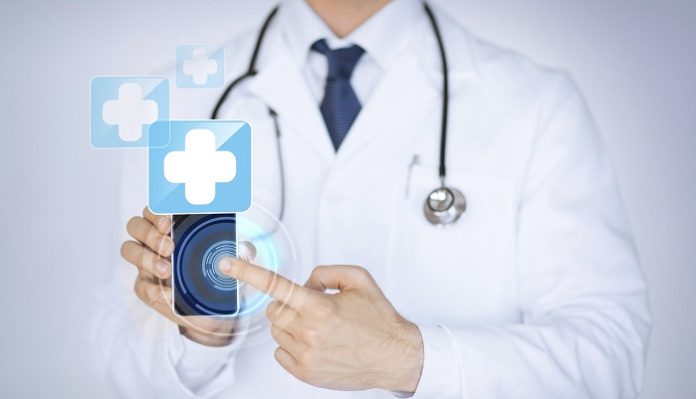Cartagenia, leader in providing genetics labs and clinicians with software-based workflow support for variant assessment, lab reporting, and integration of diagnostic knowledge-bases, announced today the launch of Bench for Oncology, a new software platform that helps pathology labs conduct variant assessment and reporting tasks in the analysis of tumors.
Bench for Oncology, designed for use in a clinical diagnostic context, is the newest addition to Cartagenia''s suite of Bench products for data management and clinical interpretation support. It allows labs to quickly and efficiently assess gene sequencing information on tumor samples, put the information in context of what is known for that tumor type, and automate lab report drafting.
"The advent of Next Generation Sequencing (NGS) is significantly changing the way pathology labs work," noted Steven Van Vooren, one of Cartagenia''s scientific founders. "Labs need to make sense of considerably more data due to the introduction of NGS, while still maintaining the tight turnaround times required in an oncology setting. Bench for Oncology is designed to help them do that."
Cartagenia has already signed license deals with a number of labs in both Europe and the United States that are now adopting the platform in a diagnostic setting – including the Netherlands Cancer Institute (NKI), a leading European cancer center at the international forefront of cancer research and treatment. Cartagenia worked closely with NKI, and other centers and pathology labs, to be sure the platform fits their various needs.
Among its features, Bench for Oncology allows pathology labs to easily structure their knowledge base of variant, gene, drug, and trial information and keep track of actionable findings. It automates the lab''s variant assessment and reporting pipelines, and removes the need for tedious and time consuming manual lookup and research.
Maartje Vogel, Clinical Laboratory Geneticist at the DNA Diagnostics group of the Pathology Department of NKI, stated: "Automating our variant assessment protocols is essential for us to be able to reach fast turnaround times. With Bench for Oncology, our variant classification pipelines are pre-configured by us in workflows and allow us to very quickly focus on those variants that matter. Combine that with the fact that all relevant knowledge, annotations and databases are integrated into the variant review process, and you get a very powerful reporting pipeline that allows us to create clear and informative lab results for the oncologists – and do this fast."
Cartagenia CEO Herman Verrelst noted that he is excited to be able to roll out the Bench for Oncology platform at the NKI – one of the major cancer centers in Europe. He sees the relationship between Cartagenia and NKI as a growing and dynamic collaborative effort.
"We''re looking forward to our continued collaboration with a prestigious center like NKI, first in its ongoing effort to streamline its diagnostic workflow, but also to integrate our solution into the NKI data warehousing and informatics environment," Verrelst said.
Automation of the lab''s variant assessment and reporting protocols
The close collaboration with pathology labs was key in creating the unique features of Bench for Oncology, Van Vooren added.
"Working closely with the labs it became immediately apparent that there was a critical need for automation. Variant annotation and assessment protocols need to be standardized and automated so time can be spent on true and actionable information," Van Vooren said.
Bench for Oncology brings exactly those tools to the lab, building on a robust platform that provides versioning and audit trails, workflow support, automation of variant assessment and classification protocols, and lab report drafting.
Supporting access to all relevant knowledge sources
"Automation is essential to turnaround times, but it''s only one part of the equation," Van Vooren continued. "Equally important for pathology labs adopting NGS is to have all relevant knowledge at their fingertips – public information on cancer mutations, drugs and trials, as well as the lab''s growing internal knowledge base on actionable variants, previous findings and reports, approved drugs and their likely therapeutic effectiveness in context of molecular makeup, off-label drugs relevant to fully cover a patient''s treatment options, and clinical trials available to the patient."
External knowledge partnerships
Because each tumor is unique, important domain-specific expertise tailored to each individual patient can be essential in reporting personalized and informative diagnosis and treatment options. Some labs have a lot of the required interpretation expertise in house and will benefit from Bench for Oncology''s knowledge management tools to structure the information and automate its use. Other labs prefer to rely on external expert interpretation and curation partners that provide up-to-date and state-of-the-art information on treatment options as a professional service.
For those reasons, Cartagenia Bench Oncology is built around a knowledge integration framework that supports access to several industry-leading knowledge service providers. These knowledge partners specialize in providing personalized, expert-reviewed information for each molecular profile, complementing the automation and lab-specific knowledge integration already offered by Bench Oncology.
"We chose to set up a true framework on which the pathology lab can integrate its own expert knowledge and if desired, work with one or more external service providers that complement the lab''s expertise with patient-specific treatment options," Verrelst added. "In this way, we offer a true end-to-end solution, allowing the lab to have access to information on all treatment options, and create best-of-class reports to the oncologists and referrers."
Cartagenia has set up agreements with a number of leading knowledge providers providing expert curation on actionable variants, drugs and trials, and will announce these partnerships in the near future.
About Cartagenia
Cartagenia supplies diagnostic support software, database systems, and related services to genetic labs and clinicians, enabling them to perform clinically relevant genetic analyses quickly and efficiently, and offer patients and carers high-quality genetic interpretation and counselling.
Cartagenia Bench Lab allows automation of variant assessment protocols and lab report generation for structural and molecular variant assays such as Arrays, Sanger and Next Generation Sequencing. It supports communication with referring physicians, allows labs and clinicians to put variants in their clinical context, and supports confident data sharing.
The Cartagenia Bench platform is built in collaboration with genetics labs and clinical experts involved in routine medical practice. Because of this, Bench Lab addresses the specific needs of genetic diagnostic labs and clinicians.
Cartagenia Bench is built using a certified ISO13485 Quality Management System and is registered with the FDA as an exempt Class I Medical Device in the United States and as a Class I Medical Device in Europe in conformity with the essential requirements and provisions of the Council Directive 93/42/EEC concerning medical devices, and with the relevant harmonized standards EN ISO62304.


